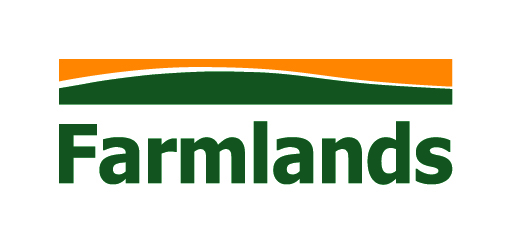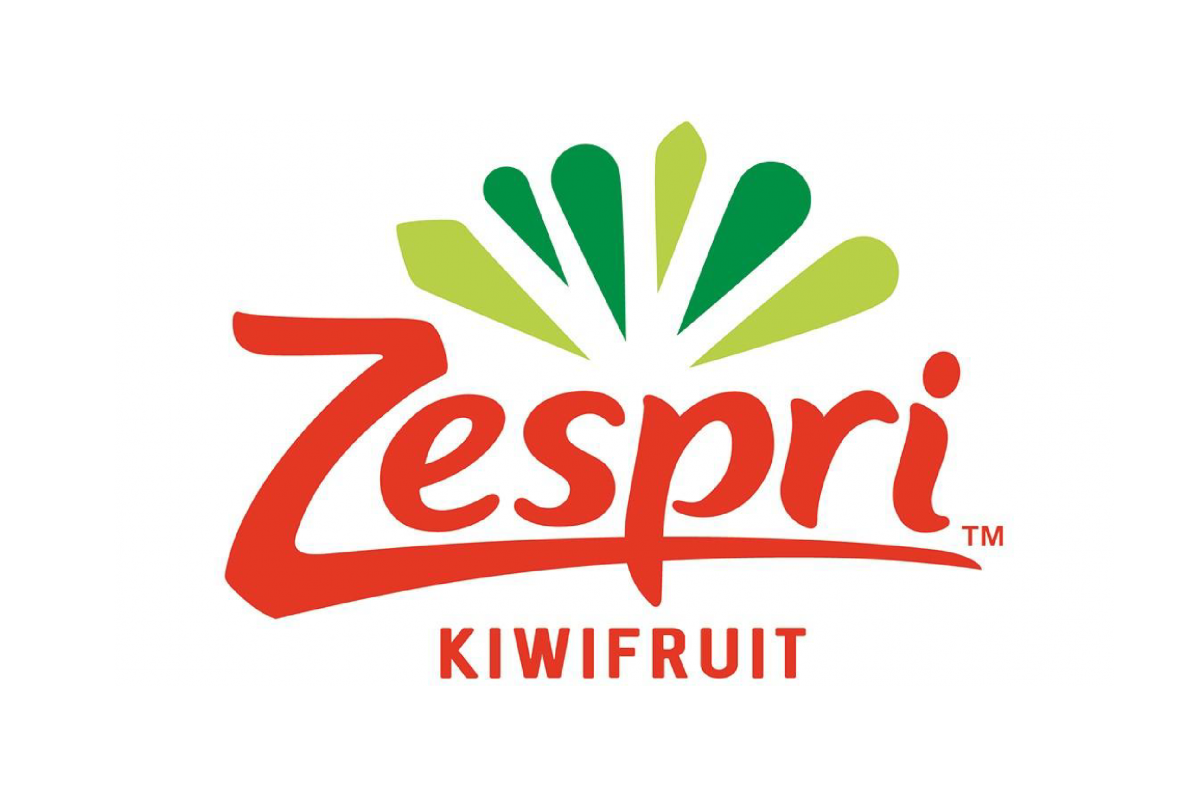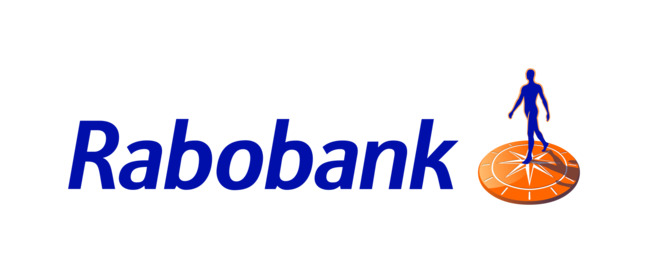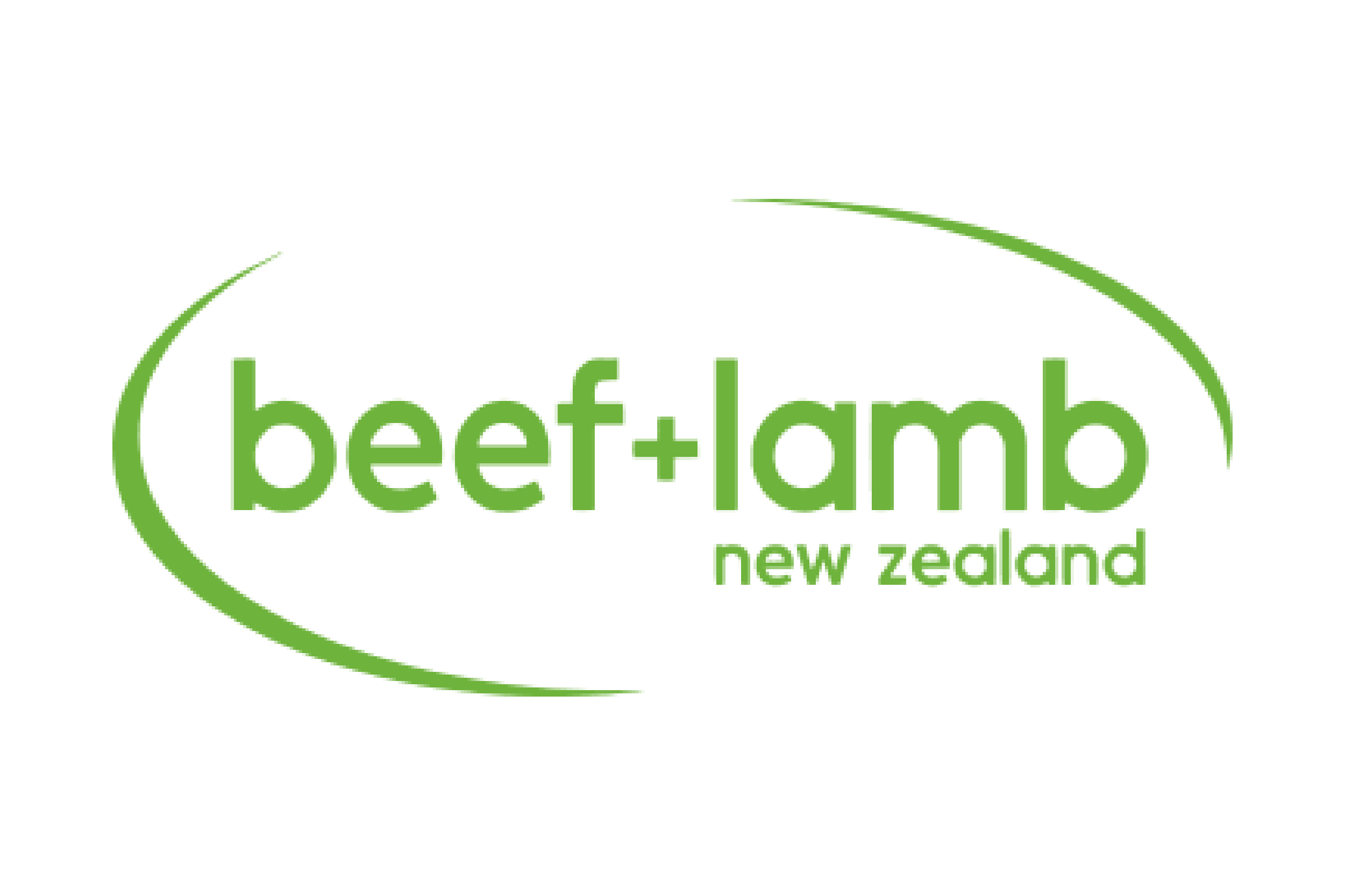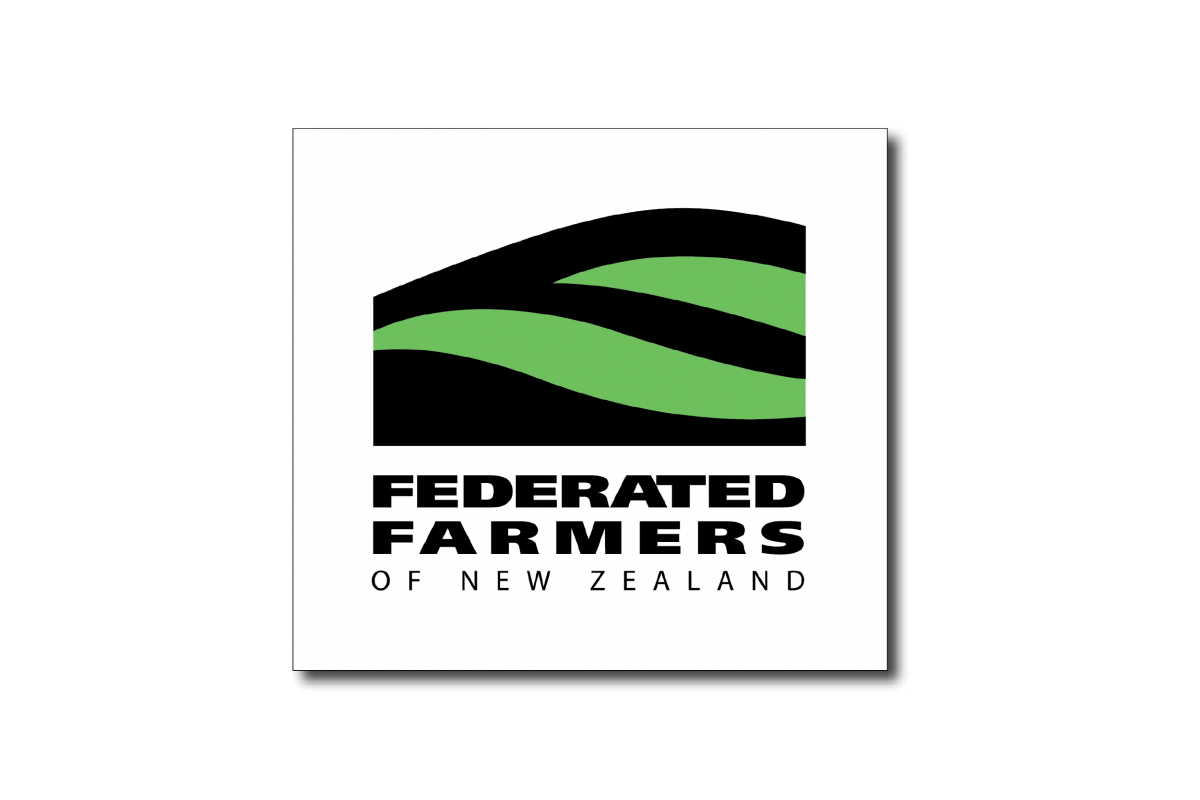Executive Summary
The research in this report was gathered in order to determine how mobile technology can deliver improved on-farm and industry productivity gains now and in the future and also to understand technology adoption and how mobile could deliver positive outcomes. The scope was limited specifically to New Zealand sheep and beef farming and focused on opportunities that can give a genuine return on investment. The information was collected both in New Zealand and in a number of their largest trading partners around the world including China, Northern Ireland, the Republic of Ireland, England, Wales and the US.
The initial research found that low numbers of farmers record data on-farm using mobile technology for simple day to day decision making. This in turn means that the level of data that is then attached to the animals electronically as they move through the supply or value chain is also low. The only data that remains with the animals is related to animal health declarations. The main reason that farmers gave for not carrying out more data collection was due to the time available to collect the data in relation to the perceived cost: benefit ratio. Further to this, almost all farmers felt current available mobile data collection equipment was not suitable to use to a level that will have a significant lift to their individual farm performance, nor is it able to create industry change that will provide enough financial benefit to them directly.
A further significant observation was the performance of those who were measuring their key performance indicators compared to those who were not. It was noted that there are individuals with a natural farming ability who are able to perform extremely well with little or no technology, often with higher on-farm performance than the innovators or early adopters. These individuals are able to monitor grass levels, stock condition and market conditions with little technology. However, the fact that 80% of farmers believe that they are in the top 20% would indicate there are far more farmers thinking they are able to do this successfully than actually can. This leads to the question : “how much could farmers improve if they increased the monitoring they undertook on farm?”
Research has shown that the adoption of mobile technology has not only changed the buyer behaviour of consumers, but also their decision making process. The improvement in logistics systems for perishable goods is enabling smaller retailers to compete with larger retailers for premium markets by shortening the supply chain. This in turn provides opportunities for more niche markets to be opened up for high end products, the likes of which New Zealand creates.
The red meat sector in New Zealand continues to underperform due to the huge variation in on-farm performance and supply/value chain inefficiencies, rather than change in demand or the product’s ability to attract a price premium over other proteins. Some of these in adequacies are small and could be reconciled relatively easily, while others are far more “There is nothing amazing about collecting data. Collecting data is just the basics” Eric Reid, Ex production director Moy Park Mobile technology is the technology used for cellular or wireless complex and would require the cooperation of processors, industry good and government organisations, both here and abroad. Individually incremental changes would not reform the industry but collectively they would have the ability to increase the overall performance to a level that would have a satisfactory return and may enable new opportunities to open up.
Mobile Technology has the potential to change farming as we know it by providing a platform that enables a more transparent value chain. In conjunction with a behavioural change, mobile technology can provide an easy, affordable, convenient data collection and delivery platform at all points of the supply chain.
This may create disruption by by passing agents as businesses up and down the supply chain could communicate information directly relating to products made transparent to them. This matching of specific products or product attributes between the seller and buyer at all levels is a way of turning the red meat sector into a more transparent value chain and deriving premiums for all stakeholders.
Before adoption of technology can take place, industry extension must look at what can be done to engage with different types of farmers. Once identified it may be possible to develop strategies that target the individual groups and enable them to achieve their desired outcomes. Moving to this more structured holistic model would provide an ongoing cycle of improvement.
Conclusions
- Although some farmers use mobile technology very few have it as an integrated part of their farm decision making system , but instead use the information in isolation.
- Many of the mobile applications are emerging but not in a commercially viable form because they are unable to satisfy farmers’ seven principles of the adoption matrix.
- Technology will be responsible for the next doubling of farm productivity throughout the world – red meat is no exception.
- The red meat industry is underperforming which, if it continues, will cause declines in stock numbers, exacerbating the problem.
- Reforming the industry must start at both ends of the value chain. On-Farm–Developing Premium Markets
- There is more gain to be made in the industry by concentrating on moving the middle rather than moving the top.
- Cellular coverage in New Zealand is poor compared with many third world countries. Our future relies on it improving.
- Using ave rage as a measure of performance averages out potential value.
- New farm data tools are required focusing on automation and user experience (UX)
- Farmers who want to continue must collect key metrics otherwise they will eventually be swallowed up by those t hat have created their own certainty.
- Transfer of information between industry stakeholders is currently poor. Good research is not being utilised and a lot of the extension is confusing and unsuitable for the farmers it is intended for. “We need a market where quality attributes are rewarded” – Tina Mackintosh White Rock Mains
Recommendations
- Information systems that provide positive productivity outcomes and enable a transparent value chain should be developed and implemented.
- Investment in increasing the broadband coverage in rural areas is crucial.
- Marketing should be focussed on product attributes that are inimitable to New Zealand as much as possible.
- Farmers must monitor key performance indicators to aid decision making.
- Accurate, clear Return on Investment (ROI) models focused on farmers must be created by industry that simplify the decision making process of adopting technology.
- New technology should focus on simple problems first instead of trying to fix all problems at once.
- Extension should be accompanied by personal service that is focused on thought leadership and enables the individual farmer to identify and achieve their individual outcomes (enabling).
- We must not focus on farm productivity in isolation of the consumer.
- Industry good extension needs to be clear, concise, modernised and include ROI modelling.
- Integrated Farming Systems should be used to enable farmers to exploit the interaction not the average.
The use of mobile technology in the red meat sector – Daniel Shand







